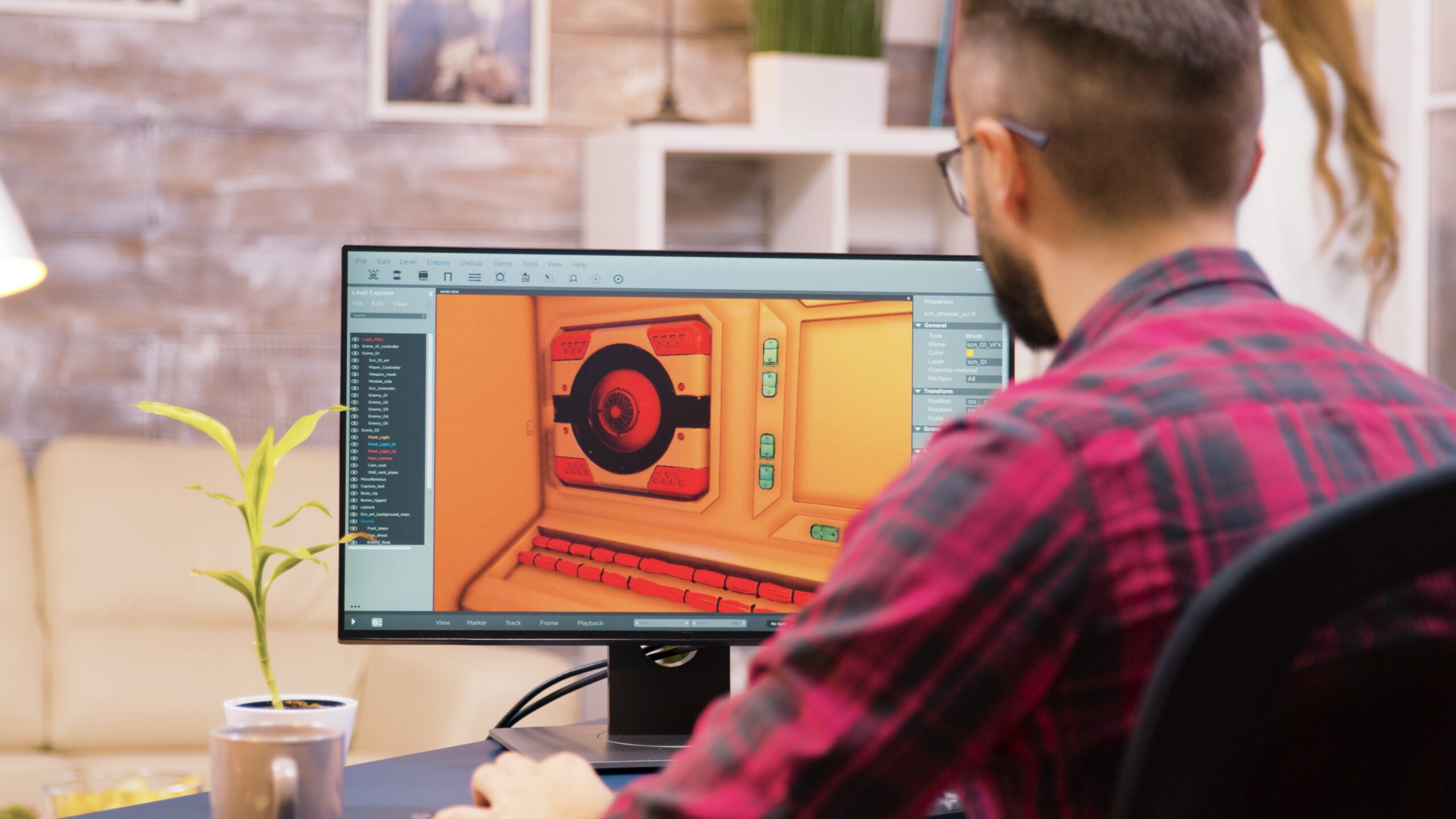However, in a commercial setting, creativity must also align with the project’s objectives, target audience, and budget constraints. Balancing artistic vision with commercial viability is a delicate dance that requires skillful navigation.
Collaborate with a Diverse Team
One way to strike a balance between creativity and commercial demands is by collaborating with a diverse team of professionals. By bringing together individuals with varying skill sets, perspectives, and experiences, you can harness the collective creativity of the team while also ensuring that commercial considerations are taken into account. Effective communication and collaboration are key to aligning creative vision with business goals.
Conduct Thorough Research and Planning
Before diving into an animation project, it is essential to conduct thorough research and planning to understand the target audience, market trends, and project requirements. By gathering relevant data and insights, you can make informed creative decisions that are in line with commercial objectives. A well-thought-out plan can help you stay on track and avoid costly revisions down the line.
Embrace Iteration and Feedback
Creativity thrives on iteration and feedback. By being open to revising and refining your work based on feedback from clients, colleagues, and target audiences, you can ensure that your creative vision is effectively communicated and resonates with the intended viewers. Embracing constructive criticism and incorporating feedback into your work can help you strike the right balance between creativity and commercial demands.
Stay Flexible and Adapt to Changes
In the fast-paced world of animation, being flexible and adaptable is essential to navigating the ever-changing landscape of creative and commercial requirements. As projects evolve and market demands shift, being able to pivot and adjust your approach accordingly can help you stay ahead of the curve and deliver results that meet both creative and commercial expectations.
Leverage Technology and Tools
Advancements in technology have revolutionized the animation industry, providing animators with powerful tools and software to bring their creative visions to life. By staying current with the latest trends and tools in animation technology, you can streamline your workflow, enhance your creativity, and meet commercial demands more effectively.
Investing in ongoing training and education to expand your technical skills can give you a competitive edge in the industry.
Cultivate a Strong Portfolio and Brand
Building a strong portfolio that showcases your creative talents and commercial acumen is essential for attracting clients and opportunities in the animation industry. Your portfolio should highlight a diverse range of projects that demonstrate your ability to balance creativity with commercial requirements effectively.
Furthermore, cultivating a strong personal brand that reflects your unique creative voice and professional expertise can help you stand out in a competitive market.
Network and Build Relationships
Networking is a valuable tool for animators looking to strike the right balance between creativity and commercial demands. By attending industry events, conferences, and workshops, you can connect with fellow professionals, potential clients, and collaborators who can help you expand your creative horizons and navigate the business side of animation more effectively.
Building strong relationships within the industry can open doors to new opportunities and collaborations that support your creative and commercial goals.
Seek Mentorship and Continued Learning
Mentorship can be a valuable resource for animators seeking guidance on how to balance creativity with commercial demands. By seeking out experienced mentors who have successfully navigated the challenges of the industry, you can gain valuable insights, feedback, and advice that can help you grow as a creative professional.
Additionally, investing in continued learning through workshops, courses, and industry certifications can keep your skills sharp and your creative vision fresh.
Find Your Unique Voice and Vision
Ultimately, finding the balance between creativity and commercial demands in animation projects requires you to stay true to your unique voice and vision as an artist. By staying authentic to your creative instincts and values, you can create work that is both artistically fulfilling and commercially successful.
Embracing your individuality and pushing the boundaries of creativity while also meeting commercial objectives is the key to carving out a successful career in the animation industry.
Key Takeaways:
- Balancing creativity with commercial demands in animation projects is essential for success in the industry.
- Collaboration, research, and planning are crucial in aligning artistic vision with business objectives.
- Embracing feedback, staying flexible, and leveraging technology can help meet creative and commercial goals.
- Building a strong portfolio, networking, and seeking mentorship are valuable for career growth.
- Finding your unique voice and vision is key to creating commercially successful animations.
For further insights and industry-specific knowledge, consider enrolling in Yellowbrick’s NYU Animation Industry Essentials online course and certificate program. This comprehensive course can provide you with the skills and expertise needed to excel in the competitive world of animation.




